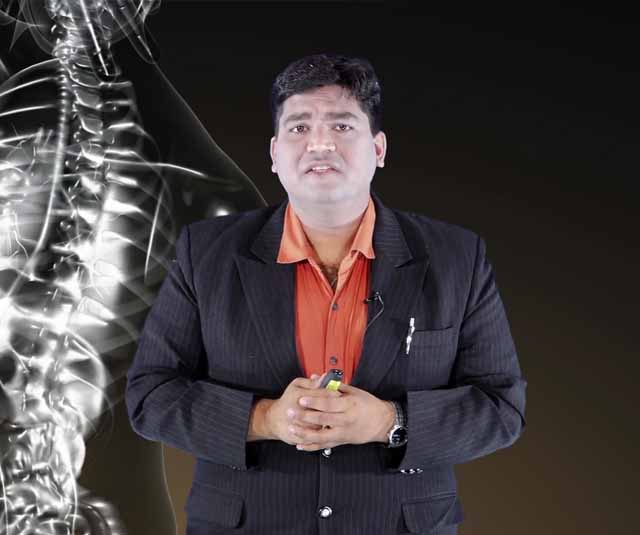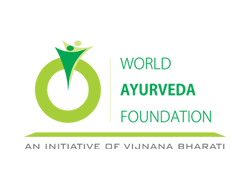

Beeja means both the gametes such as pumbeeja is the shukra and streebeeja is the shonita. The beejabhaga is the component lying inside the beeja that produces the organ and sub organ. The beejabhagavayava should be taken as further more subtle stage of beejabhaga carrying hereditary characters. Aanushangika vikaras are produced due to anomalies at these levels. Each character of foetus depends up on the nature of related beeja bhaga or beeja bhaga avayava, inherited from pum or stree beeja. Linga nirnaya of foetus mainly depend on five factors. Beeja, if shukra is predominant, male; if arthava female. Ishvareccha, kaala and state of mind plays important roles in this. In addition, if ida nadi of left side is stimulated, female baby would result, if pingala is stimulated, it would be male. Specific lakshanas are also mentioned regarding the detection of foetal sex.
| # | Icon | Title | File |
|---|---|---|---|
| 1 |

|
BEEJA,BEEJABHAGA , BEEJABHAGAAVAYAVA AND GARBHA LINGA VINISHCHAYA | Download |
Ans : The understanding of genetic concepts in Ayurveda can be further explained by quoting the answers of Acharya Atreya to the queries of his students. The specific question raised was „if man is the offspring of man, then why are those springing from the mentally retarded, the blind, the mute, the hunchbacked and dwarfs are unlike their parents?‟ The answer given to this question was that, only the part of Beejabhaga and beejabhagavayava of that body becomes defective.
Sushruta highlights a clear cut differentiation between purely genetic diseases (Adibalapravratta) and the congenital diseases (Janmabalprvatta). The genetic diseases are known to cause by defects in either the genetic contents of sperm or ova and consequently, they are sub classified in to maternal (Matraja) and paternal (Pitraja) groups. Severe forms of skin diseases like kustha and arshas are the examples of such diseases .Ayurveda identified these hereditary units in the form of Beeja, Beejabhaga. Charaka states that, the anatomical anomalies are developed in those parts of body whose Beejabhagavyava is defective. The vitiation of the part of seed (chromosome) which is responsible for formation of a particular organ will result in the vitiation of that respective organ. If it is not vitiated, then there will be no vitiation of the respective organs either .




By Anup Bhosgikar
By Anup Bhosgikar

By Avula srinivas

By Dr.Pritesh Shukla

By Dr.Pritesh Shukla

By Dr. Nitesh gupta
By Anup Bhosgikar

By Anup Bhosgikar

By Dr.Nilesh Kasar

By Dr. Nitesh gupta

By Dr. Sarita Bhutada
By Anup Bhosgikar

By Anup Bhosgikar

By Dr.Nilesh Kasar

By Dr. Nitesh gupta

By Dr. Sarita Bhutada



FAQ